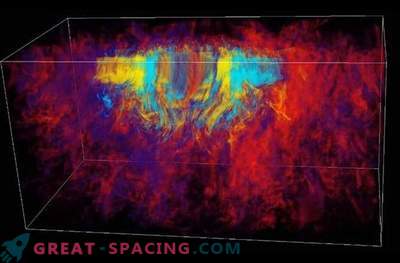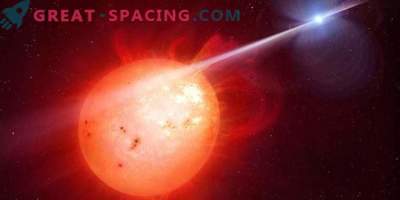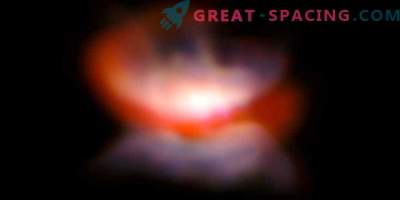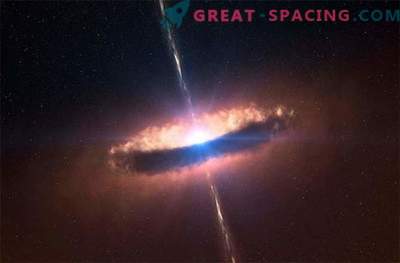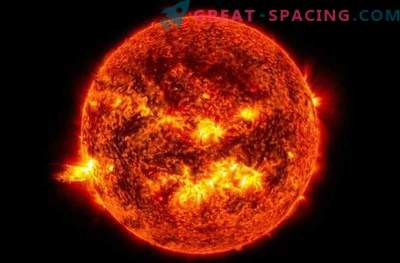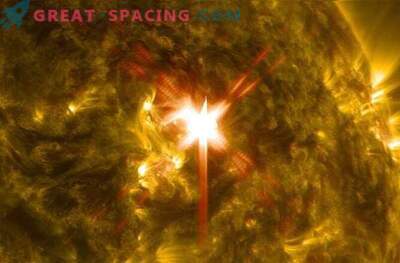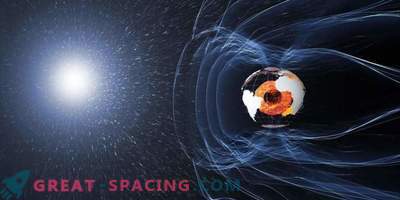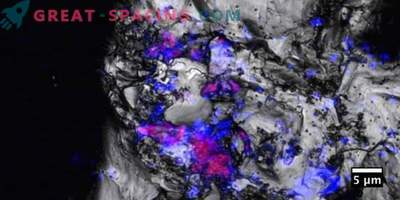
Some stars were born with an extremely magnetic field.
Take for example TVLM 513-46546. This is a small red dwarf of M-class - a star, which belongs to the most common group of stars in the galaxy. So TVLM 513-46546 is quite an ordinary star, if not for one BUT.
As the Atakam Big Millimeter / Submillimeter Grid (ALMA) has determined, this small star has an extremely powerful magnetic field that competes with the most powerful magnetic active regions on our Sun. It is so active that if our planet were in orbit around this star, the satellites would not be able to function.
"If we lived around this star, we would have no satellite communications. So it is unlikely that life could evolve in such an environment," said Peter Williams of the Harvard-Smithsonian Center for Astrophysics (CFA) in Cambridge, Mass. .
TVLM 513-46546 is located 35 light-years away from Earth in the constellation Bootes. This is a tiny tiny star that has only 10 percent of the mass of our Sun. It is so small that it is on the threshold between being a star and a planet - a gas giant. But the brown dwarf TVLM 513-46546 has a powerful magnetic field and is one of the most brutal stellar objects that we saw in the Milky Way. The red dwarf rotates rapidly, making a full rotation around its axis every 2 hours. In comparison, our Sun takes 25 days to do this. Perhaps the rotational speed of the TVLM 513-46546 is a clue to the secret of such a strong magnetic field.
“This star is not very similar to our Sun,” said co-author Edo Berger.
When studying an object using ALMA, researchers found powerful radio signals from a star. They found that the signal is equal to 95 GHz - high-frequency radiation, generated by a process known as synchrotron radiation, which is generated by high-energy electrons accelerated by fast. Thanks to the measured frequency, the researchers realized that the star has a global magnetic field, which is hundreds of times more powerful than the solar magnetic field. Although our Sun periodically ejects synchrotron radiation at these frequencies, only the most powerful solar flares can generate them.
Animation of the magnetic field TVLM 513-46546:
For four hours of observing ALMA for TVLM 513-46546, the generation of these powerful radio emissions did not stop, so that astronomers were able to conclude that this star constantly spews super-flashes into space. This is another example of why red dwarfs are not considered the best place to look for life. Permanent stellar flares penetrate the interplanetary medium with radiation, constantly destroying the hypothetical atmosphere and any biosphere. In addition, TVLM 513-46546 is so small that any planet in the habitable zone (an area around a star that is not too hot and not too cold for liquid water) will be too close to a red dwarf for life to originate. .
